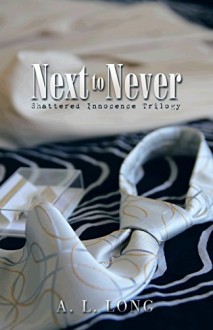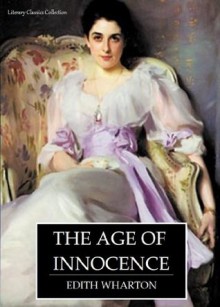

Title: Next to Never
Author: A. L. Long
Publisher: Wordclay
Series: Shattered Innocence Trilogy
Reviewed By: Arlena Dean
Rating: Four
Review:
"Next To Never" by A. L. Long
My Thoughts...
This novel was quite a interesting story that did leave me with so many unanswered questions and perhaps the next novel will bring more of it out to the reader with there being so many subplots and oh yes this ones ends in a cliffhanger!
The novel is mainly of two people Dylan who had suffered the loss [death]of her fiance Michael and Rade who was not only wealthy but very domineering person[alpha male] who is 'out for revenge for the man who embezzled millions from one of his companies.' From one thing to another will lead Rade to Dylan. I don't want to leave out their are some characters in this story that will leave you wondering...what in the world is that about?
You will find from the read that it has a little bit of it all from 'a fast paced read, with drama, secrets, trust issues, intrusiveness, suspense, erotic sex scenes with BDSM and bondage.' Be ready for a read that will have so much going on that you will truly have to keep up. In the end will Rade get the man responsible for stealing millions of dollars from him and how will the story play out after Dylan finds out he is hiding secrets from her? Well, you will have to pick up the next series to see what this author has in store for the readers.

Here's part of a New York Times article by CHRISTOPHER GRAY about Edith Wharton, her great-aunts, the houses they resided in, and the books they inspired:
Edith Wharton's corpulent great-aunt Mary Mason Jones served as one of the most memorable inspirations in literary New York: the model for Mrs. Manson Mingott in Wharton’s novel “The Age of Innocence.”
Much of the 1920 book is centered on Mary Jones’s remarkable row of stone houses on Fifth Avenue, from 57th to 58th Street. But almost absent from Wharton’s writings is Mary’s sister Rebecca Jones, who built an equally impressive row just two blocks south.
. . . Mary started first, her architect, Robert Mook, filing plans in 1867 for what became Marble Row, a sparkling-white series of houses in the Parisian style facing Fifth from 57th to 58th. These houses take up a great deal of real estate in both the book and movie “Age of Innocence.”
Rebecca followed in 1869, when she had her architect, Detlef Lienau, design a similar row of eight houses for the 55th-to-56th-Street block, completed in 1871. These were more chaste than Mary’s, in part because of their olive-colored Ohio stone, but they, too, had the character of something on a Parisian boulevard.
Both rows were a departure from the lugubrious brownstone that Wharton denounced, along with contemporary New York and “its untended streets and the narrow houses so lacking in external dignity” compared to Rome and Paris, as she wrote in her 1934 memoir “A Backward Glance.”
. . . Rebecca was every bit as busy as her sister holding court uptown. The Daily Graphic described her 1873 invitation to the city’s debutantes for a “rose-bud party,” apparently an innovation, at her house on the 55th Street corner, No. 705. The guests were to meet “a select company of gentlemen,” and each young woman was to receive a bouquet of rosebuds.
Rebecca was “quite celebrated in social circles for the elegance and novelty of her entertainments,” The Evening Telegram said in 1874. Two years later, the paper described Rebecca and Mary as “at the head of the ultra fashionable Saratoga clique.”
Rowhouses built by Rebecca Jones stood on the east side of Fifth Avenue, from 55th to 56th Street, in 1870. Link
